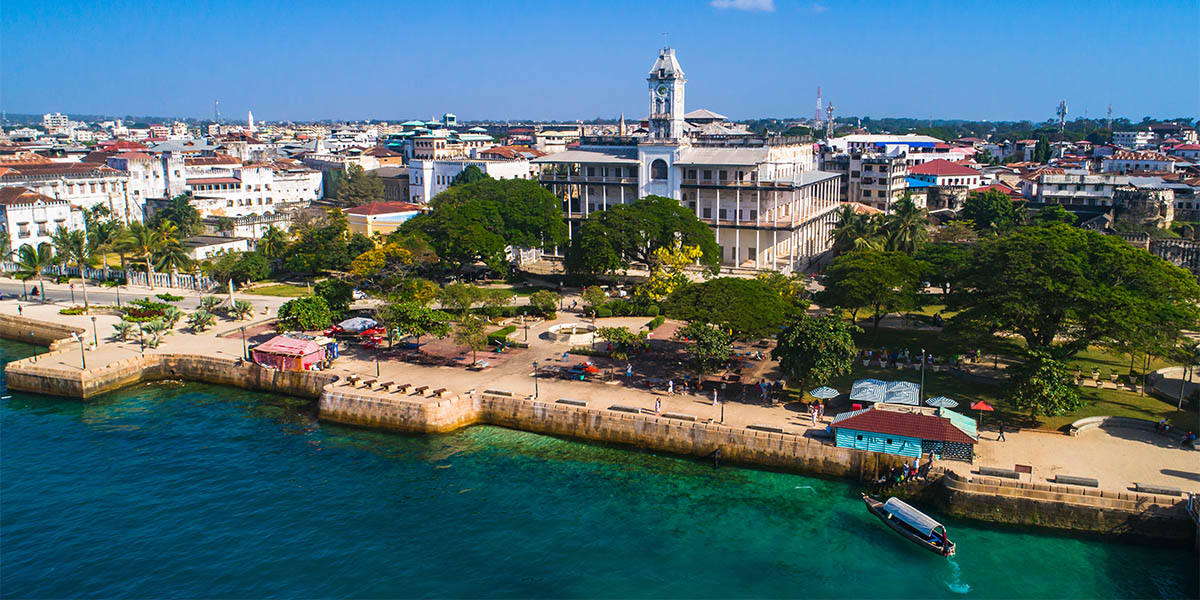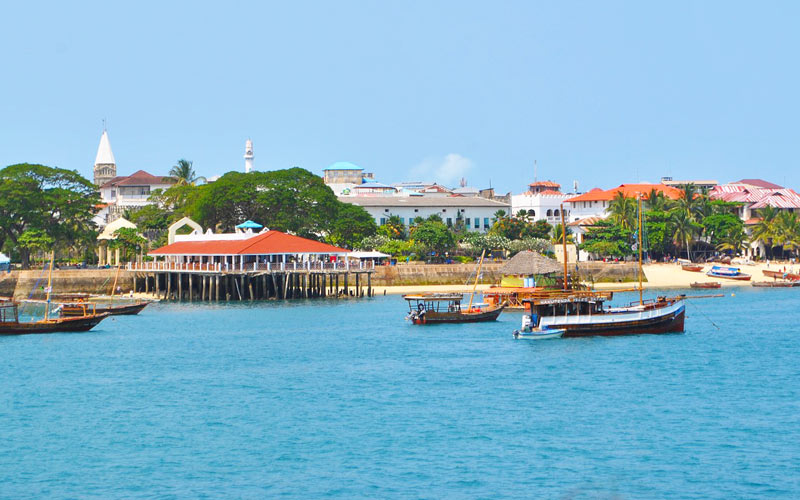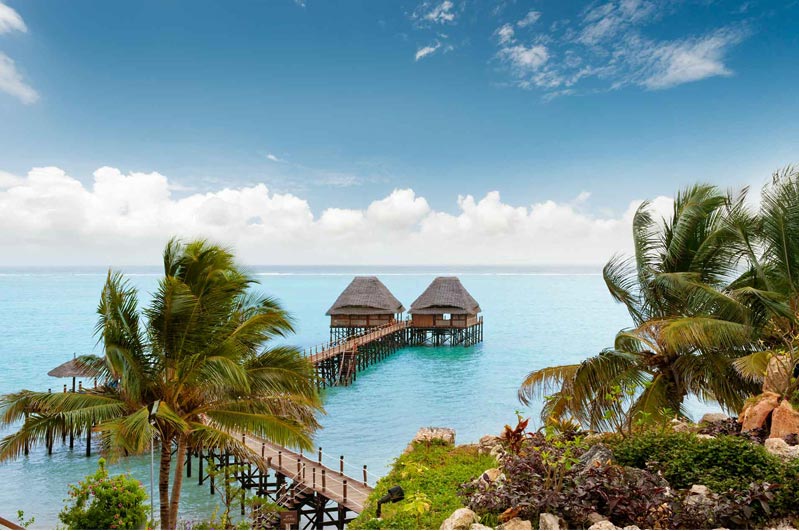Stone Town Zanzibar Island – History, Attractions & Walking Tours
$260
DAY TRIP
1 PEOPLE
6+ YEARS
HIKING, COFFEE & WATERFALLS TOUR
TOUR OVERVIEW
Stone Town Zanzibar is the cultural and historical heart of Zanzibar Island and a UNESCO World Heritage Site celebrated for its rich history, vibrant markets, and iconic architecture. Located on the western coast of the island, this labyrinth of narrow streets is lined with centuries-old Arab, Indian, and European-influenced buildings, telling stories of Zanzibar’s past as a global trading hub.
Exploring Stone Town Zanzibar tours feels like stepping back in time. From bustling spice markets to ancient palaces, every corner reveals another chapter in the island’s history. Whether you’re seeking Stone Town attractions, looking for the best things to do in Stone Town, or joining a Stone Town walking tour, this destination is a must-visit on any Zanzibar itinerary.
Top Attractions in Stone Town Zanzibar
1. House of Wonders (Beit-al-Ajaib)
One of the most famous Stone Town attractions, the House of Wonders was built as the Sultan’s ceremonial palace and was the first building in East Africa to have electricity and an elevator. Though under renovation, its blend of Swahili and Omani architecture remains awe-inspiring.
2. The Old Fort (Ngome Kongwe)
The oldest building in Stone Town Zanzibar, this 17th-century fort once defended against Portuguese attacks. Today, it hosts cultural events such as the Zanzibar International Film Festival and makes a fascinating stop on any Stone Town sightseeing tour.
3. Freddie Mercury’s House
A highlight for music lovers, the childhood home of Queen’s legendary frontman is a popular stop on many Stone Town walking tours. While not a museum, it’s an iconic piece of Zanzibar’s modern cultural heritage.
4. Forodhani Gardens & Night Market
Experience the flavours of Zanzibar at this famous evening food market. From Zanzibar pizza to fresh seafood, Forodhani Gardens is a feast for the senses and a must on any Stone Town food tour.
5. The Anglican Cathedral & Former Slave Market
A sobering but essential site, this cathedral stands on the grounds of Zanzibar’s former slave market. Underground chambers used for holding enslaved people remain intact, offering deep insight into Stone Town Zanzibar’s history.
6. Sultan’s Palace Museum (Beit el-Sahel)
Once home to Zanzibar’s sultans, the museum now exhibits royal artifacts, photos, and memorabilia — a highlight for those interested in Stone Town culture and history.
Immersive Cultural Experiences in Stone Town
1. Spice Tours – Zanzibar’s Spice Heritage
Zanzibar is known as the “Spice Island” for good reason. A spice farm tour near Stone Town is an aromatic journey through clove, cinnamon, vanilla, and nutmeg plantations — often included in Stone Town Zanzibar tours.
2. Darajani Market – Local Shopping
A bustling market where locals shop for fresh produce, spices, and textiles. Perfect for souvenir shopping and experiencing daily life in Stone Town Zanzibar.
3. Zanzibar’s Iconic Doors
These ornately carved wooden doors are among the most photographed features in Stone Town. Each design carries cultural meaning and reflects the island’s Swahili, Indian, and Arab influences.
How to Get to Stone Town Zanzibar
By Air: 15 minutes from Abeid Amani Karume International Airport.
By Ferry: A scenic 2-hour ferry ride from Dar es Salaam.
Best Time to Visit Stone Town
June–October: Best weather for Stone Town walking tours.
November–December: Short rains, fewer crowds, rich cultural atmosphere.
March–May: Long rains, quiet streets, lush scenery.
Plan Your Stone Town Tour
With Maramatta Safaris, you can join expert-guided Stone Town Zanzibar tours that cover top attractions, hidden alleys, spice markets, and cultural gems. Whether for half a day or a full day, our Stone Town sightseeing packages ensure you experience the real essence of Zanzibar’s historic capital.
Internal Links




Request a Custom Safari
Why book with us
- Customer care available 24/7
- Hand-picked Populer Tours & Activities
- Tailor Made Your Own Itineraries
- The airport Pick-up and Transfer
- Best Accommodations

Ready to explore more?
Our travel experts are ready to start creating your tailor-made trip.
For More Exciting & Better Value Safari.









